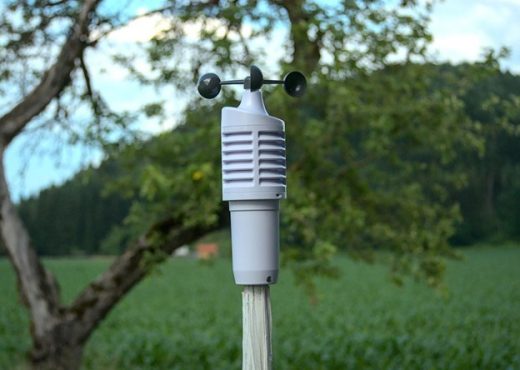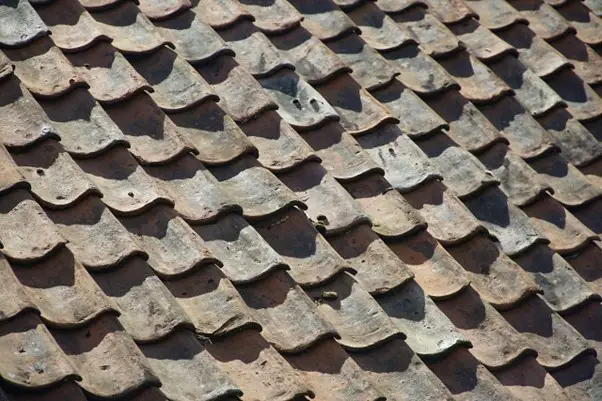Protect your roof from extreme weather conditions guide, Texas home roofing maintenance, US property repair
Protect Your Roof from Extreme Weather Conditions
28 January 2024
Weathering the Storm : How to Protect Your Roof from Extreme Weather Conditions
Extreme weather events, ranging from blistering heatwaves to icy hail storms, can take a severe toll on the integrity of our homes, particularly on roofs which stand as the primary shield against the elements. The onslaught of harsh conditions underscores the necessity of preparing and protecting your roof to ensure the safety and longevity of your dwelling. In this guide, we’ll navigate through the critical steps and effective strategies to safeguard your roof from the ravages of nature, helping it withstand the fury of extreme weather and ensuring that your sanctuary remains secure and comfortable, no matter what the skies may bring.
Inspect and Maintain Regularly
Routine inspections are essential in identifying potential weak points on your roof before they escalate into significant issues. It’s prudent to conduct a detailed examination twice a year and after any major storm.
Look for signs of wear and tear such as broken or missing shingles, cracks, and moss or algae growth that can undermine the roof’s structure. Engaging with professional roofing contractors for annual maintenance can help spot less obvious issues that the untrained eye might miss. They can perform necessary repairs, clear debris from gutters and downspouts, and ensure that flashing is securely sealed, maintaining the integrity of your roof against future weather events.
Choose the Right Materials
Selecting appropriate materials is vital for a roof that needs to endure extreme weather conditions. For areas prone to heavy rain and winds, materials like slate or metal roofing can offer durability and resistance against the elements. In contrast, living in a region with frequent hailstorms might necessitate impact-resistant shingles to prevent damage.
Investing in high-quality materials might come at a higher cost initially but opting for durability will serve as a cost-effective strategy in the long run. A sturdy roofing material not only extends the lifespan of your roof but also adds to the overall value of your home, providing peace of mind and financial benefits.
Implement Proper Insulation and Ventilation
A well-insulated and ventilated attic contributes significantly to the roof’s ability to withstand extreme temperatures. Proper insulation helps maintain a consistent temperature throughout the house and reduces the risk of ice dams forming during snowy seasons, which can cause extensive damage.
Ventilation systems also play a decisive role; they regulate the airflow in the attic, averting the buildup of heat and moisture which can weaken the roofing materials over time. This combination of insulation and ventilation effectively fortifies the roof structure, mitigating weather-related damage and amplifying energy efficiency within the home.
Update to Current Building Standards
Building standards evolve to adapt to the increasing severity of weather patterns, and ensuring that your roofing structure meets these updated guidelines can be crucial. This might involve reinforcing the roof’s skeleton, considering newer and more secure installation methods, and integrating additional water barriers.
Staying abreast of local building codes and investing in these updates can significantly enhance your roof’s resilience against extreme conditions. When a major weather event strikes, you’ll be reassured knowing that your home is equipped to meet the challenge head-on with the latest in roofing technology and construction standards.
In conclusion, safeguarding your roof against extreme weather conditions is a critical aspect of home maintenance that can save you from costly repairs and ensure the safety and comfort of your family. By regularly inspecting and maintaining your roof, choosing durable materials, implementing proper insulation and ventilation, and updating to current building standards, you’ll be well-equipped to weather any storm that Mother Nature throws your way.
Comments on this guide to Protect your roof from extreme weather conditions article are welcome.
Building Articles
Residential Architecture
Weather Conditions
Home Roofs and Weather Conditions
How different weather conditions affect fence screening
Benefits of buying a home weather station

Comments / photos for the Protect your roof from extreme weather conditions advice page welcome.





